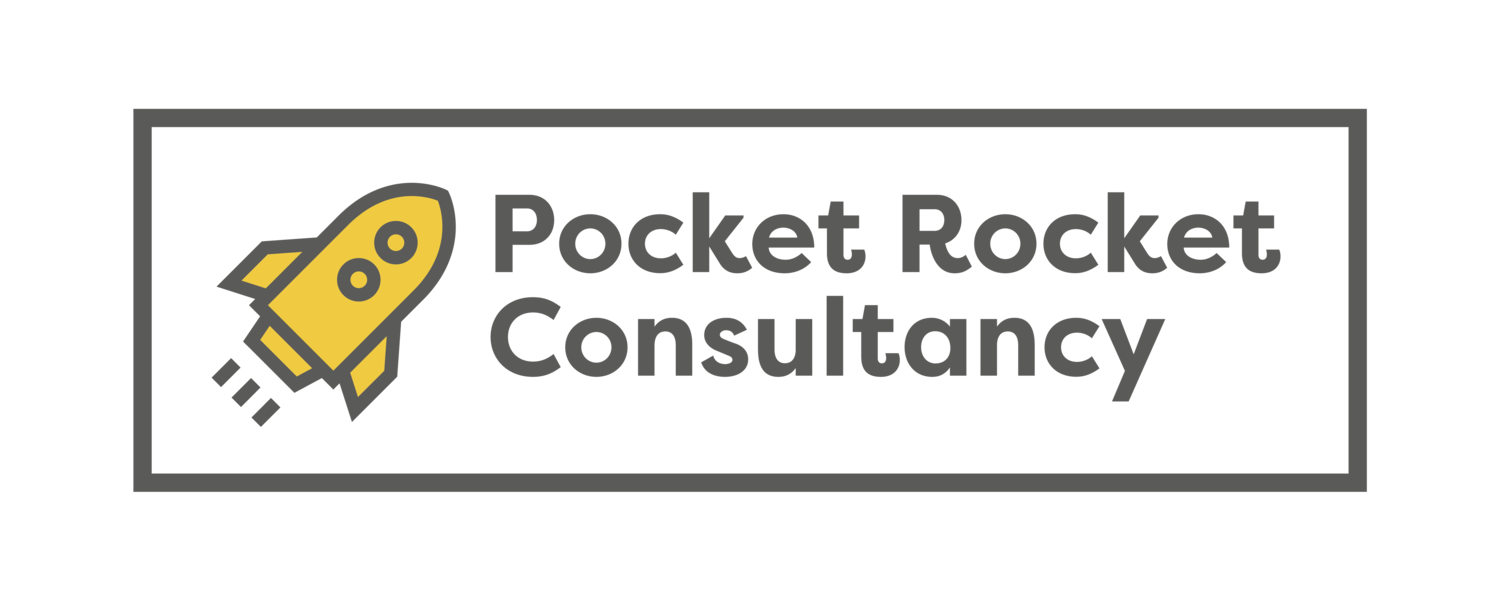Marketing Acronyms 101
Have you been in a meeting and found yourself lost whilst trying to work out what all the marketing acronyms that are being thrown about mean? IKR, at some point we’ve all been there, caught off guard by a new acronym or phrase whether, it be in marketing or just everyday life.
We’ve put together a list of useful marketing acronyms you should probably be aware of for your business.
AIDA
Attention, Interest, Desire and Action - often used to describe the journey/stages of a consumer from when they are first made aware of a brand/product to when they make a purchase.
API
Application Programming Interface - allows software, applications, channels to communicate with each other.
AOV
Average order value
B2B
Business to Business
B2C
Business to Consumer - a sale/transaction directly between a business and the consumer
BR - Bounce Rate
Often found in Google Analytics, this is the % of visitors who navigate away from your website after only visiting one page.
CMS
Content management system sometimes referred to as the ‘back-end’ of your website, where you can make changes to the content that appears on your website.
CPA
Cost per acquisition or also known as cost per action, the cost for advertisers for a specified acquisition from a campaign or channel.
CPC
Cost per click - a measure of how much you pay as an advertiser each time your advert is clicked.
CPM
Cost per thousand - measurement of how much money it costs you to reach 1,000 visitors
CR
The percentage of visitors who take a desired action, such as making a purchase online.
CTR
Click through rate - the percentage of users who clicked on a link out of the total users who viewed the email, advert or page of your website.
CRM
Customer Relationship Management - managing all your businesses interactions with visitors and customers. When CRM is mentioned it is usually referring to a CRM system, such as Salesforce or Zoho, a system/tool that helps with contact management of your customers and leads, sales management, contact logging etc.
CRO
Conversion Rate Optimisation - optimising your website increase the number of visitors that complete a specific action such as purchasing. Converting visitors into customers.
CTA
Call to Action - indicates what you’d like the user to do, can be found in emails, display adverts, social media posts etc. E.g. Shop Now or Read More.
CX
Customer Experience - the experience a customer has with a brand, company, product or service.
DM
Direct Message - used frequently on social media, you may ask a brand or person to send you a DM
DNS
Domain Name System - without getting too techy, it translates domain names into IP addresses.
ESP
Email Service Provider - the provider you may use to send out promotional emails, such as Mailchimp.
EOP
End of Play - “please provide a timescale by EOP today.”
FB
GDPR
You should know this if you’ve read our previous blog post, for those who haven’t it means General Data Protection Regulation and it comes into effect May 25th and relates to the processing in particular of personal data within the European Union.
GA
Google Analytics, an online tool used to track the performance of your website i.e. number of visits, to which page, from where and for how long.
IP Address
Internet Protocol Address - a unique string of numbers separated by full stops that identify each computer using the Internet Protocol to communicate over a network.
ISP
Internet Service Provider e.g. BT, Sky
KPI
Key performance indicators - a measurable value which a business tracks to determine business performance and success. AOV mentioned above is an example of a KPI.
LTV
Lifetime Value - you may look at this metric when analysing customer data.
PPC
Pay Per Click advertising - Advertising online used to direct people to your website and convert. I.e. Make a purchase, sign up for a newsletter etc. Google Adwords and Bing Ads are examples of online advertising tools/publishers, advertisers pay when an ad is clicked.
PR
Public Relations - whether this is carried out internally or you work with a PR agency to get your brand story and news out to your target marketing. This could be in the form of national press, blogs or product placement within magazines for example.
RT
Used on Twitter when retweeting or asking for a retweet.
ROI
Return on Investment - Simply your (Sales Revenue - Marketing Cost) / Marketing Cost = ROI
You may carry this out on a campaign by campaign basis
SEM
Search engine marketing - work carried out again to affect the visibility/ranking of a website but through other marketing disciplines such as paid advertising e.g. Google Adwords, referrals and social media.
SEO
Search engine optimisation - work carried out to affect the visibility and ranking of a website, increase traffic/awareness and site authority in organic (non-paid) search results, displayed by search engines.
SERP
A search engine results page, the page displayed in response to a users search query, the results are shown by rank, what the search engine believes will be the most relevant and useful to the user. Listings will normally show the website Title i.e. Site name and description as standard.
SMB
Used to describe a small to medium business.
SWOT
If you’ve put together any marketing plans before you may have come across a SWOT analysis, you analyse the Strengths, Weaknesses of your business and the Opportunities and Threats within your market.
UX
User Experience - the complete experience a customer/user has with a business from awareness to post-purchase. You may sometimes talk about UX in more detail when looking at the performance of your website.
YoY
When comparing year on year.
YTD
Year to date - often when discussing sales or reporting on analytical data
